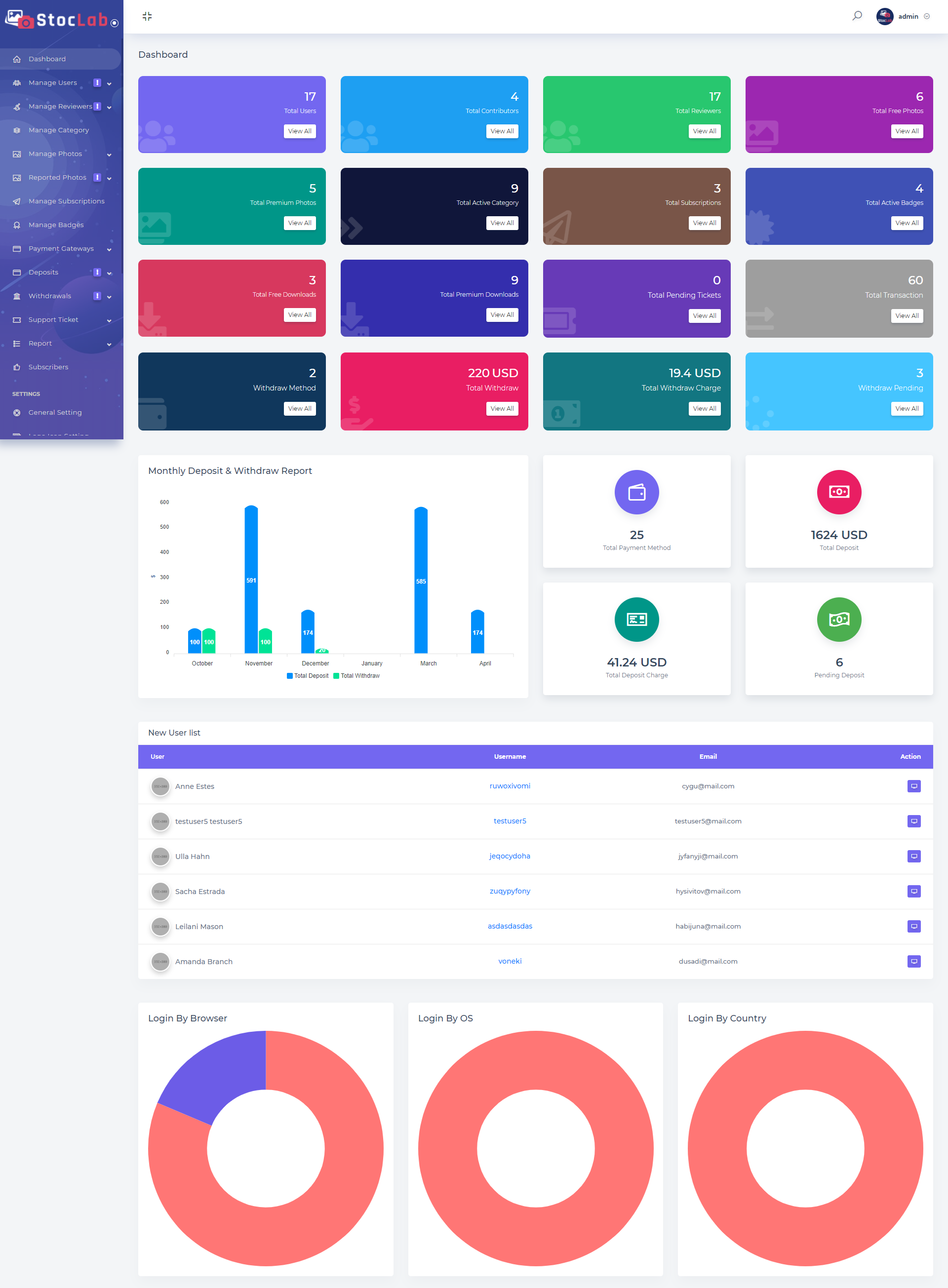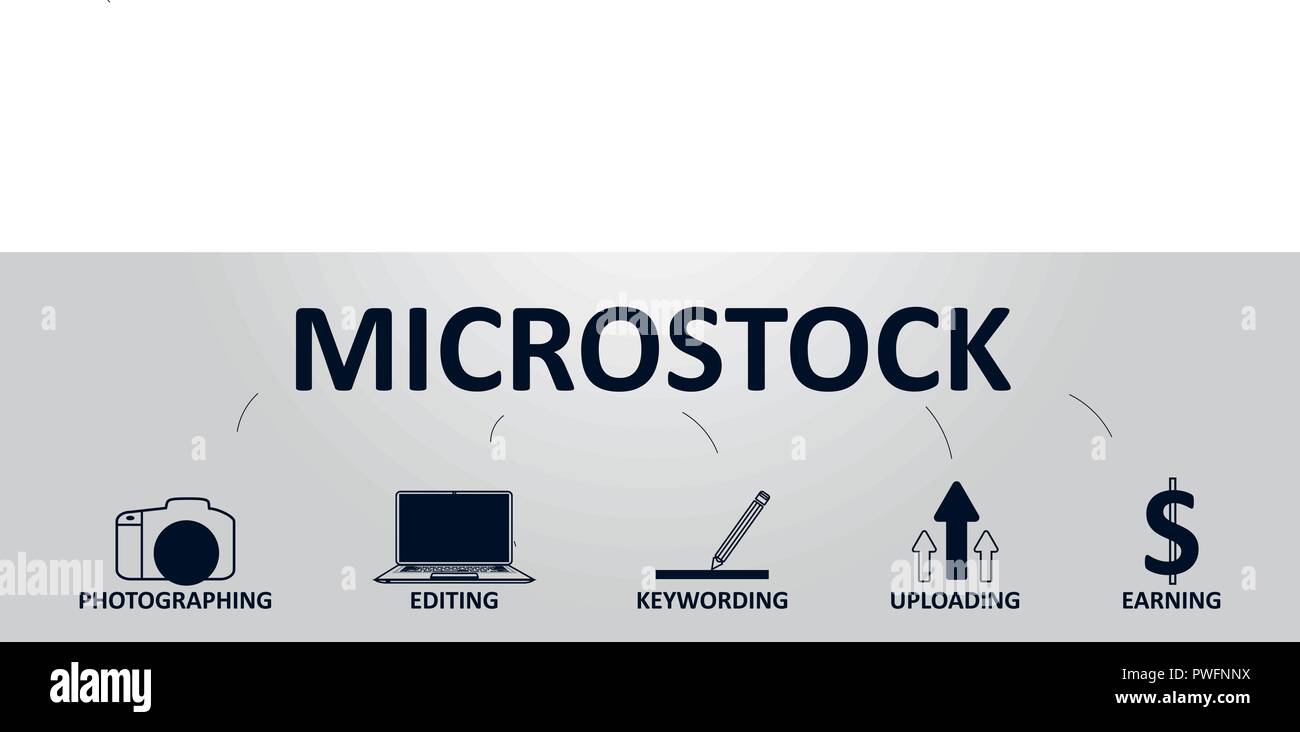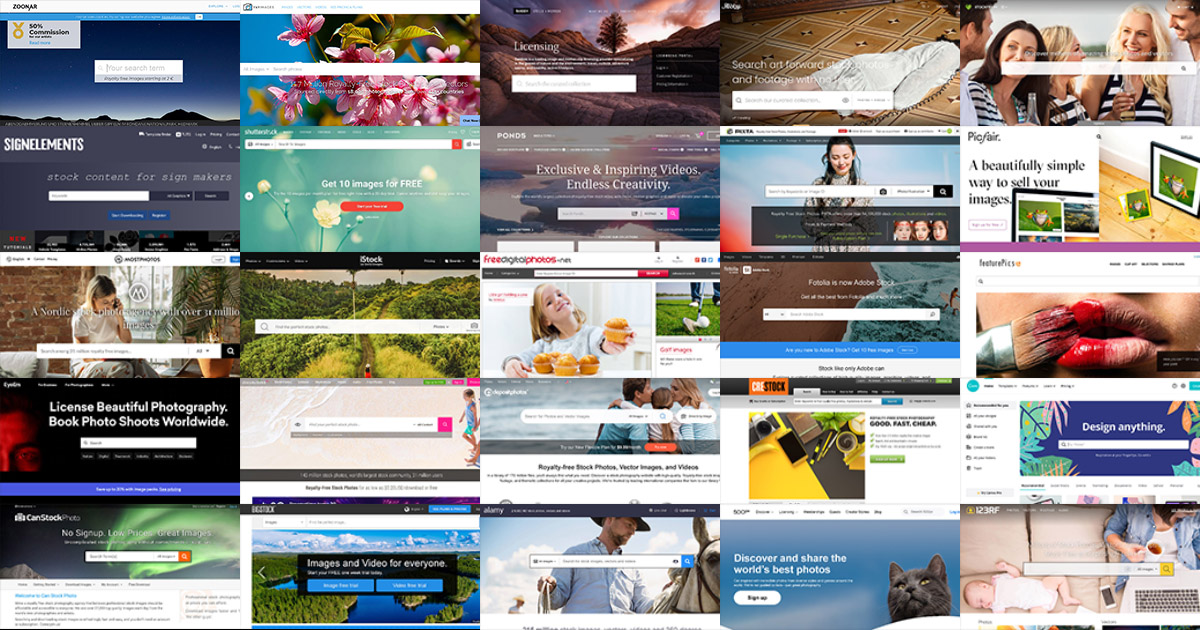When diving into the world of stock photography, you might encounter various platforms, each boasting unique features and offerings. One notable player in this field is Alamy, a platform that has steadily carved out its niche. But is Alamy just another microstock platform, or does it offer something different? In this post, we’ll explore the fundamentals of
Understanding Microstock Photography

Microstock photography refers to a licensing model where photographers can sell their images at very affordable prices. These platforms have democratized access to high-quality visual content, allowing everyone from bloggers to businesses to purchase images without breaking the bank. But what makes microstock unique, and why is it worth considering? Let’s break it down.
Key Characteristics of Microstock Photography:
- Affordability: Microstock images are generally priced lower than traditional stock photos, making them accessible to a wider audience.
- Royalty-Free Licensing: Once you purchase an image, you can use it for various purposes without recurring fees.
- Extensive Variety: Microstock platforms offer a massive selection of photos, illustrations, and videos across numerous categories.
- Ease of Use: The platforms are typically user-friendly, allowing customers to find and purchase images quickly.
Now, how does this embrace affordability and ease play out for photographers contributing to these platforms? They earn money mainly through royalties, which can be appealing for those looking to monetize their work without needing to navigate complex licensing agreements.
Comparative Features:
| Feature | Microstock | Traditional Stock |
|---|---|---|
| Price | Low-cost | Higher fees |
| Royalty Payments | Varies by platform | Typically higher percentages |
| Image Quality | Consistent, but varies by contributor | Usually very high quality |
| Content Variety | Wide selection | May have niche or specialized content |
Understanding microstock photography requires recognizing both the advantages and potential challenges for contributors. While the appeal of making images available for a range of prices can lead to higher volume sales, photographers may need to consider the income generated against the time and effort involved in contributing to these platforms.
Ultimately, microstock platforms offer an incredible avenue for both consumers and photographers, bridging the gap between demand for affordable imagery and the creative expression of budding and seasoned artists alike. As we dive deeper into Alamy's specific qualities, we can see how it fits within this broader context of microstock photography, helping clarify its unique stance in the market.
Also Read This: Alamy vs Shutterstock Which Stock Photo Platform Is Better
3. Key Features of Alamy

Alamy stands out in the vast sea of microstock platforms with some unique features that cater to both photographers and buyers. Here’s a closer look at what makes Alamy a compelling choice for creators of all levels.
Diverse Collection: One of Alamy’s biggest draws is its extensive library. With millions of images in various categories—including editorial, commercial, and creative photography—there's something for everyone. Whether you're looking for high-quality landscapes, vibrant food photography, or detailed illustrations, Alamy has it all.
User-Friendly Interface: Navigating Alamy is a breeze. The website is designed for simplicity, making it easy for users to search for images. You can filter results based on categories, orientation, and even the size of the image. This intuitive interface ensures that busy designers find exactly what they need without rummaging through countless images.
High Commission Rates: One of the most enticing aspects of Alamy is the commission structure. Contributors earn up to 50% of sales, which is significantly higher than many competitors in the microstock market. This model is attractive for photographers who are serious about earning money from their art.
Non-Exclusive Content: Unlike some platforms that require exclusive rights to images, Alamy allows photographers to sell their work on multiple platforms. This flexibility means you can maximize your potential earnings by diversifying where you sell your images.
No Subscription Model: Unlike many microstock sites that operate on a subscription basis, Alamy follows a pay-per-image model. This means buyers pay for each image they download, which is preferable for those who need occasional images without committing to a monthly fee.
Immediate Uploading: Once your images are uploaded, they are typically available for purchase almost instantly. This feature allows photographers to see their work in the market right away, which is a great advantage for those who want to start earning without delays.
Also Read This: Who Is Behind Alamy Stock Photo? A Look at Its Creators and Mission
4. Comparison of Alamy with Other Microstock Platforms

When it comes to choosing the right microstock platform, understanding the differences and similarities can help you make an informed decision. Below, we’ll compare Alamy with some of its most prominent competitors: Shutterstock, Adobe Stock, and Getty Images.
| Feature | Alamy | Shutterstock | Adobe Stock | Getty Images |
|---|---|---|---|---|
| Commission Rate | Up to 50% | 15-40% depending on exclusivity | 33% for standard content | 25-45% based on contributor level |
| Image Selection | 13 million+ | Over 400 million | Over 200 million | 30 million+ |
| Payment Model | Pay-per-image | Subscription & On-demand | Subscription & On-demand | On-demand |
| Non-Exclusive Content | Allowed | Depends | Allowed | Only exclusive content |
| User Interface | Simple and intuitive | Feature-rich but can be overwhelming | Clean & integrated with Creative Cloud | Professional but less user-friendly |
From the table, it’s clear that each platform has its unique selling points:
- Alamy is a solid choice for photographers looking for a higher commission rate on diverse collections without the limitations of exclusivity.
- Shutterstock offers a massive library but comes with lower commissions, not to mention its subscription model may deter occasional buyers.
- Adobe Stock seamlessly integrates with Creative Cloud which benefits users heavily involved in Adobe Ecosystems, but the commission isn’t as competitive.
- Getty Images focuses on high-quality, premium content, and while they boast excellent visibility, they require exclusivity that might not appeal to all photographers.
Ultimately, your choice will depend on your personal needs as a contributor or buyer. Alamy’s flexibility and favorable terms make it a worthwhile consideration for many in the microstock space.
Also Read This: How to Obtain Free Stock Photos from Alamy Safely and Legally
5. Pricing Structure and Commission Rates
When it comes to understanding how Alamy operates, one of the first things to consider is its pricing structure and commission rates. This can significantly affect both buyers and sellers on the platform.
Alamy has a unique approach compared to many traditional microstock platforms. Instead of fixed pricing for the images, Alamy allows photographers to set their own prices for their images. This flexibility can be very attractive to contributors, allowing them to better reflect the value of their work based on factors like quality and uniqueness.
However, this also means that buyers might encounter images priced anywhere from a couple of dollars to hundreds, depending on the photographer's assessment and the licensing type. Following are some key points regarding Alamy's pricing:
- Flexible Pricing: Contributors set their own prices, which can lead to a wide range of prices for the same type of images.
- Commission Rates: Photographers earn a standard commission of 50% on each sale, which is quite generous in the stock photography world.
- Types of Licenses: Alamy offers various licensing options, such as Royalty-Free (RF) and Rights Managed (RM), giving buyers flexibility but often at different price points.
Compared to typical microstock platforms, where contributors often earn around 20-30% for each sale, Alamy’s commission structure is favorable for photographers. This can motivate them to upload higher-quality images, knowing they will receive a fairer percentage of the profits.
For customers, while the variety of prices may sometimes feel overwhelming, it also means that they can find images that fit a range of budgets. Whether you're a small business just starting out or a large corporation needing high-quality imagery, Alamy has something for everyone.
Also Read This: Downloading Alamy Images for Free: Understanding Copyright and Licensing
6. Quality and Variety of Images on Alamy
Now, let’s dive into the quality and variety of images that Alamy offers. This aspect is crucial for both buyers looking for the perfect image and photographers wanting their work showcased in a suitable environment.
Alamy prides itself on having a diverse catalog of images. From editorial to commercial, and everything in between, Alamy boasts a collection that is both extensive and varied. Here’s a closer look at what you can expect:
- Extensive Collection: With over 215 million images available, Alamy has one of the largest collections in the stock photography market. This vast selection means that users can find images on virtually any topic, ranging from nature and landscapes to business and technology.
- Quality Control: Alamy maintains a high standard for image quality. They scrutinize submissions to ensure that only high-resolution and professional photographs make it onto their platform. This commitment to quality helps buyers find premium images without sifting through lower-quality content.
- Diversity of Styles: Alamy features works from both professional photographers and amateurs, which results in a rich variety of styles and perspectives. This diversity is beneficial as it allows buyers to choose images that resonate with their brand's identity.
One of the standout features is Alamy’s editorial content, which includes newsworthy images and photojournalism. This aspect is a powerful resource for media outlets and businesses looking to connect visually with current events.
In conclusion, while there are many microstock platforms out there, Alamy's combination of a flexible pricing structure, fair commission rates, and a unique commitment to image quality really sets it apart. Whether you’re a photographer wanting to earn a decent income from your work or a buyer in need of high-quality, diverse imagery, Alamy has something to offer. So, is Alamy a microstock platform? Yes, and it does a fantastic job carving out its niche in this competitive landscape.
Also Read This: Everything You Need to Know About Alamy Stock Photos
7. User Experience and Customer Support
When it comes to choosing a stock photo platform, user experience and customer support can significantly influence your decision. Alamy strives to provide a seamless experience for both buyers and contributors. The moment you land on their website, you're greeted with a clean and intuitive interface that makes navigation a breeze. Whether you’re searching for images or looking to upload your own, the layout is user-friendly, allowing for easy browsing and discovery of content.
For buyers, the search functionality is robust. You can filter by various parameters such as image type, orientation, and even contributor. This means you can quickly find exactly what you're looking for. Plus, Alamy's high-quality and diverse selection often leads to satisfying results, which keeps users coming back.
On the contributor side, Alamy makes uploading images straightforward. The platform offers a streamlined submission process, and the guidelines for uploading are clear and concise. This is a significant advantage, especially for new photographers who may find the submission processes of other platforms daunting.
Customer support is another area where Alamy shines. They provide multiple channels for assistance, including email support and a comprehensive FAQ section. This means if you run into issues or just have questions about the platform, help is readily available. It’s important, especially for those just starting their journey in stock photography, to have access to reliable support. The feedback from users often highlights the responsiveness and helpfulness of the Alamy support team, which can make all the difference in your experience.
In summary, Alamy’s focus on user experience is evident from its easy-to-navigate website to its efficient upload process. Coupled with strong customer support, these features help create a positive and productive environment for both buyers and contributors, fostering satisfaction and loyalty.
Also Read This: How 123RF Simplifies Licensing for Businesses
8. Pros and Cons of Using Alamy
As with any platform, Alamy comes with its own set of advantages and disadvantages. Understanding these can help you determine whether Alamy is the right choice for your stock photo needs. Let’s break it down:
Pros:
- Diverse Collection: Alamy boasts one of the world's largest libraries of stock images, covering an extensive range of subjects and styles. This variety means you're more likely to find exactly what you need.
- Higher Royalties: Contributors often appreciate Alamy’s competitive commission structure, which is typically higher than many other microstock platforms. This means more earnings for your work!
- Quality Over Quantity: Alamy has rigorous quality standards, ensuring that only high-quality images make it onto the platform. This commitment to quality can enhance your credibility as a buyer.
- User-Friendly Interface: As highlighted earlier, the website is easy to navigate, making it simple for both buyers and contributors to find what they need.
- Flexible Licensing Model: Alamy offers various licensing options, giving buyers more flexibility in how they can use images, which can be particularly appealing for commercial projects.
Cons:
- Less Exposure for Contributors: While Alamy has a vast library, individual images may get lost in a sea of content. Achieving visibility can be harder compared to more popular microstock sites.
- Image Pricing Varieties: The pricing can be less predictable, which might concern some buyers looking for fixed costs, as prices can vary significantly depending on various factors.
- Longer Approval Process: Though the quality is well-regarded, some contributors might find the approval process for their images slower than they would like.
- Limited Marketing Support: Unlike some competitors that offer dedicated marketing features or support for contributors, Alamy is relatively hands-off, which can be daunting for new photographers.
- Competitive Marketplace: With so many contributors, standing out can require significant effort in terms of marketing and selling your work.
In conclusion, while Alamy has a lot to offer in terms of quality and user experience, there are a few challenges that both contributors and buyers should consider. Weighing these pros and cons will help you make a more informed decision about whether Alamy fits your needs.
Conclusion: Is Alamy the Right Choice for You?
In evaluating whether Alamy is the right microstock platform for you, several key aspects should be considered:
- Content Variety: Alamy hosts a vast collection of images, vectors, and videos, making it appealing for various projects.
- Commission Rates: Alamy offers competitive commission rates, with contributors receiving 50% to 60% of the sale price, depending on the distribution channel.
- Royalty-Free Licensing: This allows buyers to use images across multiple platforms without recurring fees, benefiting both your exposure and potential earnings.
- Global Reach: With a diverse international audience, Alamy provides visibility for images worldwide.
However, compared to other microstock platforms, such as Shutterstock and Adobe Stock, you might notice:
| Platform | Commission | Content Type |
|---|---|---|
| Alamy | 50%-60% | Photos, Vectors, Videos |
| Shutterstock | 15%-40% | Photos, Vectors, Videos, Music |
| Adobe Stock | 33%-35% | Photos, Vectors, Videos |
Ultimately, if you prioritize a higher commission rate and a diverse image collection, Alamy may be an excellent choice. However, if you seek subscription-based models or broader distribution channels, you might explore alternatives. Assessing your specific needs will guide you in making the best decision for your project.
 admin
admin








